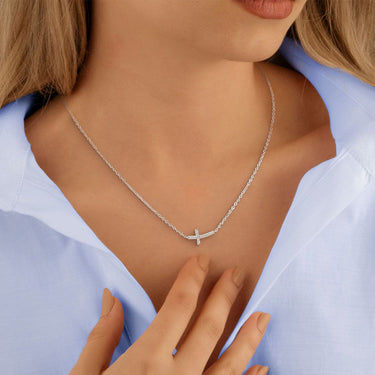Many people equate the term carat with the size of a diamond, and as carat size increases, so will the carat weight. But the operative word there is weight. Carat refers to the weight of a diamond and is equal to roughly 200 milligrams which is less than a ¼ of an ounce. A carat can also be broken up into 100 points. So ¾ of a carat is also 75 points.
The heavier in carat weight a diamond is, the rarer it becomes. Prices of diamond increase exponentially with the weight of the diamond, so a one-carat diamond will cost much more than two ½-carat diamonds, given those other qualities, such as color and clarity, are equal.
The cutting of a diamond can impact the size of it, so depending on how their cut, two one-carat diamonds can look unequal. If a stone is cut flatter, then it will appear bigger, while a deeper cut stone will be smaller, but may have more brilliance and scintillation. You may be tempted to purchase a stone that’s cut flatter so that you can have the appearance of a larger or heavier stone. But a diamond that’s cut too flat will have too little brilliance and can look cloudy. Carat weight is important, but there’s no point to sacrificing other qualities that make a diamond special so you can say you have a two-carat stone. A beautiful one-carat diamond, with outstanding brilliance and scintillation, is going to be the better choice, from both a personal standpoint and an investment standpoint.
A smaller diamond can always be enhanced with baguettes, trillions or smaller same-shape stones on either size. As we stated earlier, two smaller stones won’t cost as much as an equally-weighted single stone, so you can increase the importance of the ring you’re buying without doubling your cost.


